Classic AA vehicles
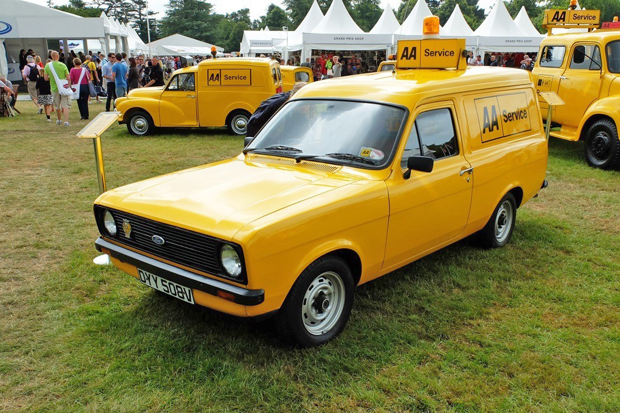
In 1905 the AA was established to 'combat police persecution of early motorists'. It began with a group of cycle 'scouts' who patrolled some of the most frequently travelled roads of the day. Early AA cycle scouts used their own bicycles, for which they were paid an allowance.
In 1912 the AA took to motor transport with motorcycles, initially for Inspectors. Motorbikes with sidecars became standard issue for AA patrols and it wasn't intil 1949 that the association moved to four-wheels with the Land Rover becoming one of its first vehicles.
Motorcycle combinations were phased out in 1968 and the AA moved to vans with the Mini van its most recognisable vehicle. Since then it has used a host of makes and models as the basis for patrol and recovery vehicles. So here are some classic AA motors.
1948 Land Rover Series One
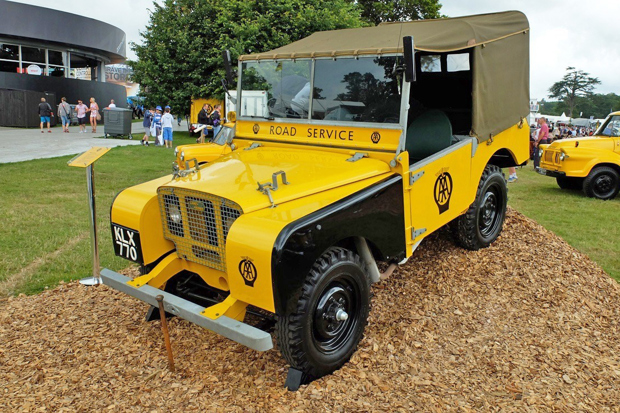
The Land Rover was one of the first four-wheel vehicles the AA had on its fleet. Initially designed for night breakdowns in London, they were eventually used across the UK and proved extremely good in remote areas like the Scottish Highlands.
They could tow, had bulky two-way radios and carried water, fuel and a battery for jump starting stranded motorists. The bright yellow paintwork contrasted with the black front wings but this has no practical purpose, it was merely a design to copy that of AA motorcycles which had black mudguards.
1974 Bedford J3 Transporter
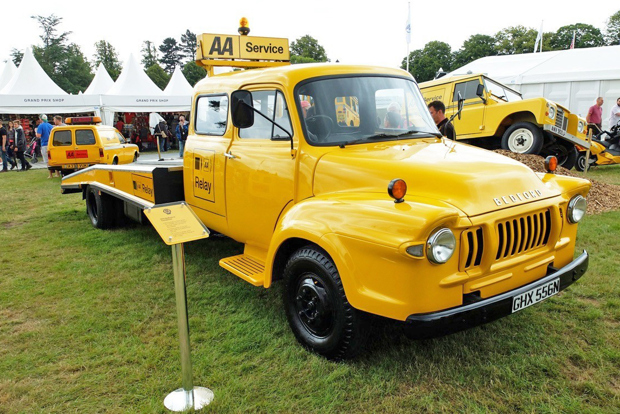
The AA launched its Relay service in 1973, as an extra to the standard AA breakdown cover, with the Bedford J3 used as a mainstay in the fleet of 150 trucks. The first J3 vehicles the AA acquired were actually from a cancelled export order to Saudi Arabia. This may explain why they were powered by a 3.3-litre 6-cylinder petrol engine, taken from top-of-the-range Vauxhall cars of the time.
Despite economy of 11mpg and the fact that drivers learnt that excessive use of the accelerator could send the metal engine cooling fan through the bonnet, it was used throughout the 1970s.
1963 Austin Mini Van
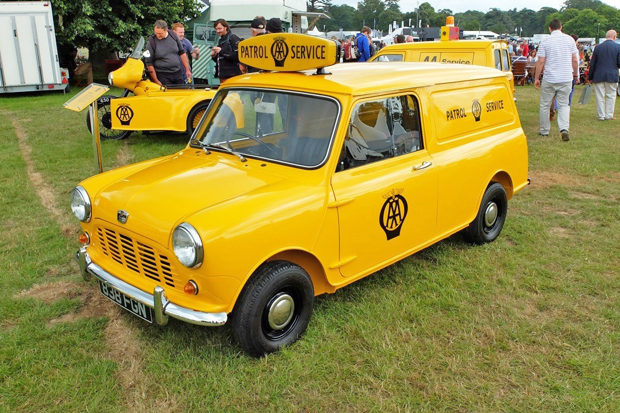
The now iconic Mini was originally launched in 1959 and the van version followed a year later. The AA began using the Austin Mini van in 1962 and three years later they were standard issue as they replaced the motorcyle sidecar combinations.
This AA Mini van is an 850cc A-Series model and one of the first, registered in 1963 but original AA Mini vans are now very rare despite being in use by the AA until the early 1970s.
1961 BSA M21
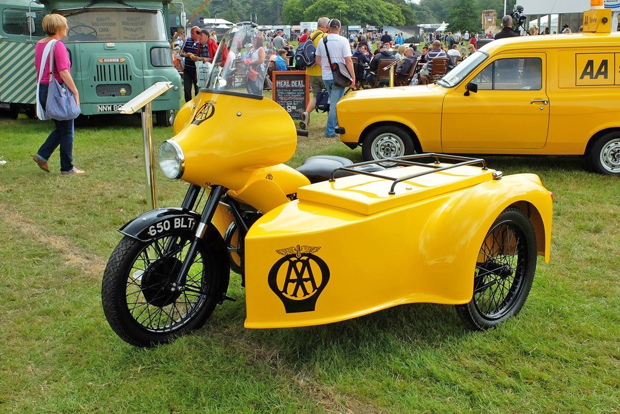
BSA motorbike sidecar combinations were the mainstay of the AA fleet in the 1950s and the early 1960s. The M21 was powered by a 600cc single-cylinder sidevalve engine producing just 15bhp which gave it a top speed of barely 50mph.
The AA version of the M21 has certain modifications including a stronger front brake, a 12 volt alternator instead of a dynamo to power the two-way radio plus higher 'western-style' handlebars.
1979 Ford Escort van

Alongside the Ford Transit, the Ford Escort van was the mainstay of the AA fleet during the 1970s. Powered by a 1.3-litre petrol engine it was a basic vehicle but proved reliable and durable. This particular model was registered in 1979 just before Ford switched to the front-wheel drive Ford Escort Mk3.
However it never saw active service and was instead used as promotional vehicle in the south-east, albeit complete with all the tools used at the time. That explains why it has just 7500 miles on the clock from new. Surely the lowest mileage Mk2 Ford Escort van still around.
1976 Land Rover 109
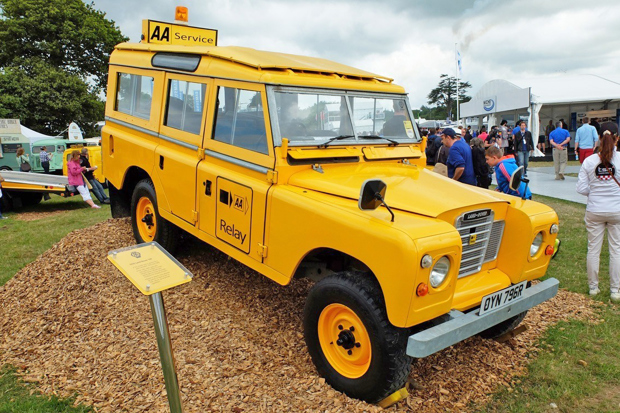
The tough Land Rover proved popular with the AA in remote areas and this long wheelbase Land Rover 109 model was one of the first on the AA fleet - they were used until 1982. The Land Rover 109 was used with tow poles or trailers to move broken down vehicles and their passengers to more accessible locations for onward recovery.
Based in depots, the Land Rover 109 allowed all patrols access to their robust and go anywhere capability.
1972 Reliant Regal Supervan
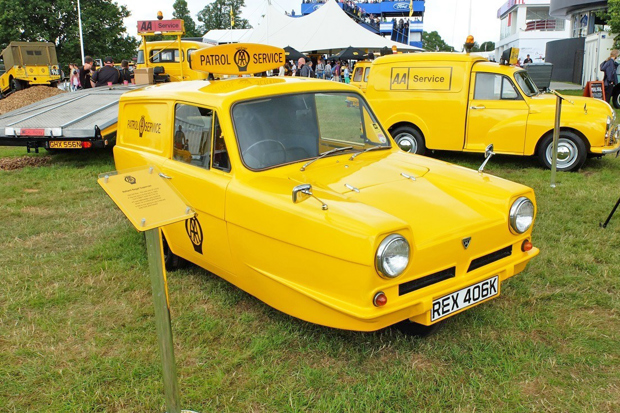
The three-wheel Reliant Regal was never actually used by the AA in service, although one Regal van was fuly liveried and carried all the normal patrol equipment and a two-way radio as the AA tested its suitablity as a breakdown patrol vehicle in April 1965.
Ultimately - and perhaps not unsurprisingly - the Reliant Regal was not adopted for operational use despite the fact it could be driven on a motorcycle licence. Early Regal models were powered by a 600cc engine but this was later increased to 750cc. This Reliant Regal isn't the original van but a later replica.
1969 Austin Minor van

For reasons now unknown, the AA decided to go with the Austin-badged Minor as a larger alternative to the Mini van in the 1960s. The only difference with the Morris Minor - apart from the badges - was the radiator grille and engine colour.
The AA version of the Austin Minor van came with an optional alternator instead of the standard dynamo so it could cope with the extra power needed for the front spotlights, roof sign, flashing light and two-way radio. This particular Austin Minor was found, painted green, in the front garden of a house in South East London in 1998 after a long search for an ex-AA Austin Minor van.
1992 Harley Davidson Electra Glide

A favourite with US Highway Patrols, the famous Harley Davidson isn't a motorbike you'd expect to see in AA livery. In fact this is the only one - it was used for PR purposes in the 1990s but was also used in service, being used for breakdown work in Essex between 1992 and 1997.
The AA model was supplied in police specification with different wiring to accommodate radios and lights, a modified seat plus special panniers. Its working life came to an end when the frame and forks were badly bent in a collision with a lorry, but in 2005 it was restored to roadworthy condition by two AA patrols.
1984 Morris Ital van
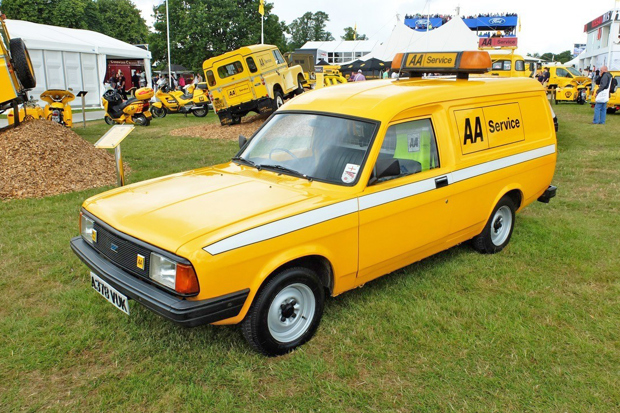
The Ital was hardly a highlight in the history of Morris, indeed it was essentially just a facelifted version of the Morris Marina which was already dated when it first appeared in 1971. By the 1980s the Morris Ital was well past its sell by date and this AA example was registered the year before production ceased.
It was never actually used by the AA for breakdowns, but instead worked as a promotional vehicle. It ended up at the AA's training college near Nottingham where it was parked outside for many years causing the body to deteriorate. It was later restored and as a result has just 1500 miles on the clock.
